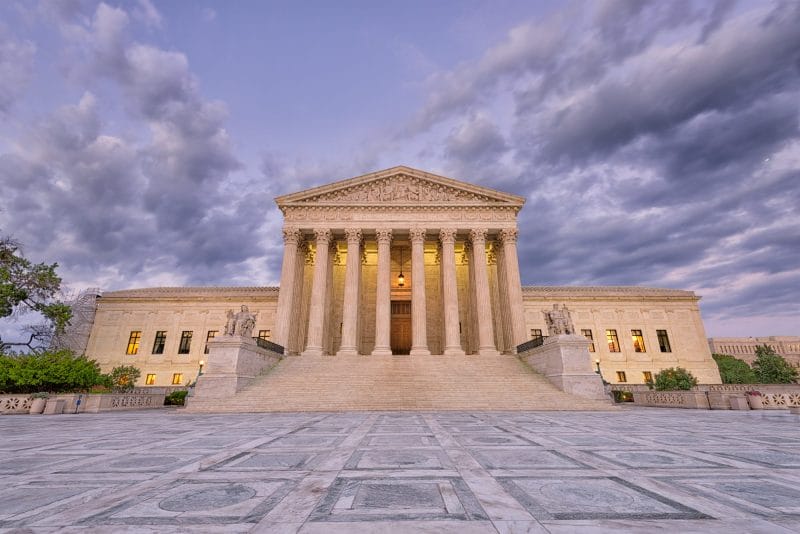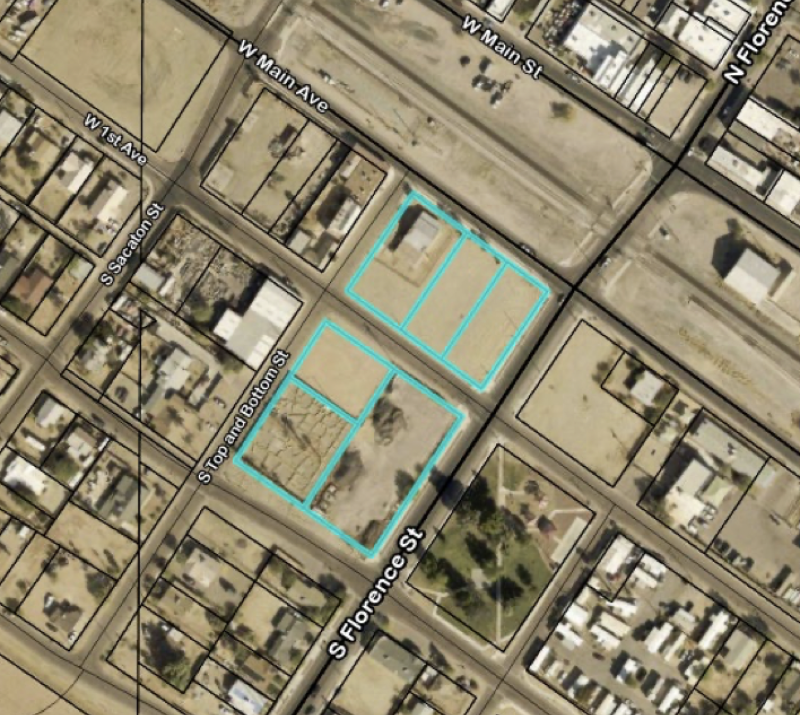
By Richie Bernardo | WalletHub
Since taking office, President Donald Trump has kept his promise to reform immigration policy. He first signed an executive order on Jan. 25 to begin constructing a concrete wall along the southern U.S. border with Mexico. Another directive followed two days later, temporarily barring entry of immigrants from seven countries and all refugees. But such changes may affect not only international travelers but also state economies, albeit to varying degrees.
In light of recent developments in U.S. immigration policy, WalletHub’s analysts compared the economic impact of foreign-born populations on the 50 states and the District of Columbia. We determined which states benefit the most — and least — from immigration using 18 key indicators, ranging from “median household income of foreign-born population” to “jobs generated by immigrant-owned businesses as a share of total jobs.” Read on for our findings, expert commentary and a full description of our methodology.







